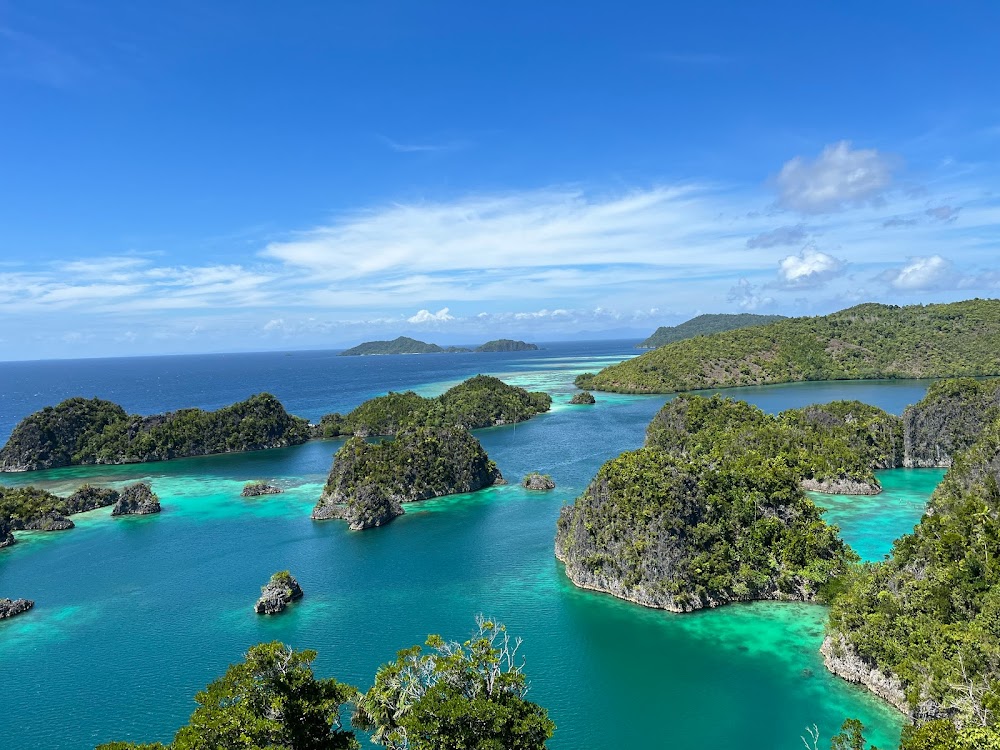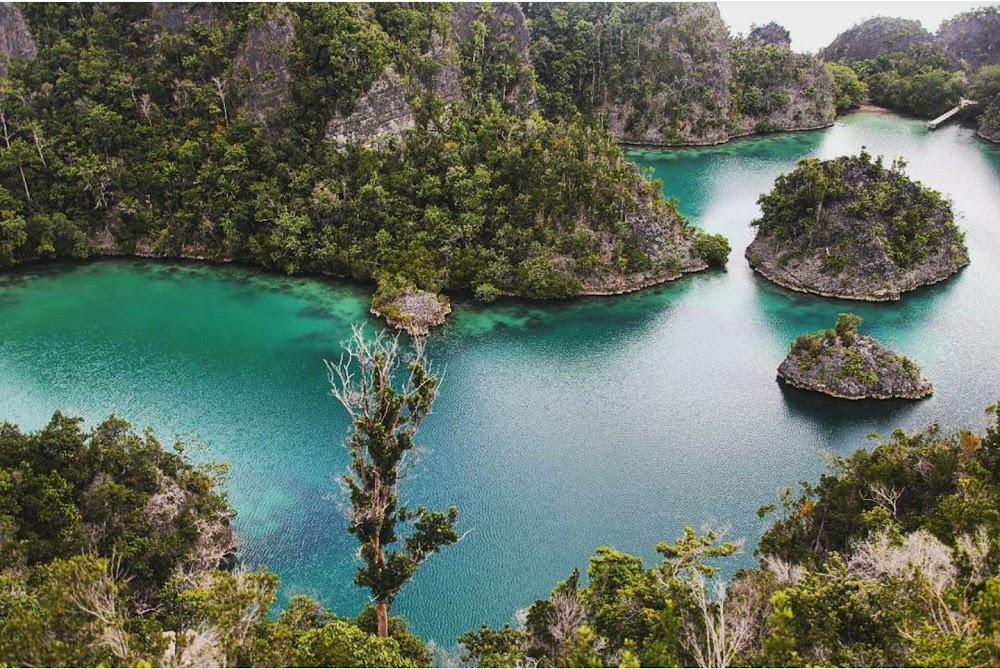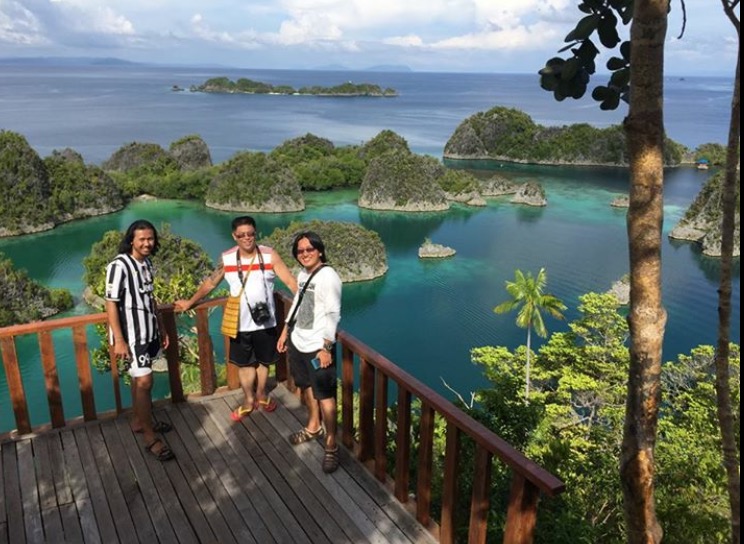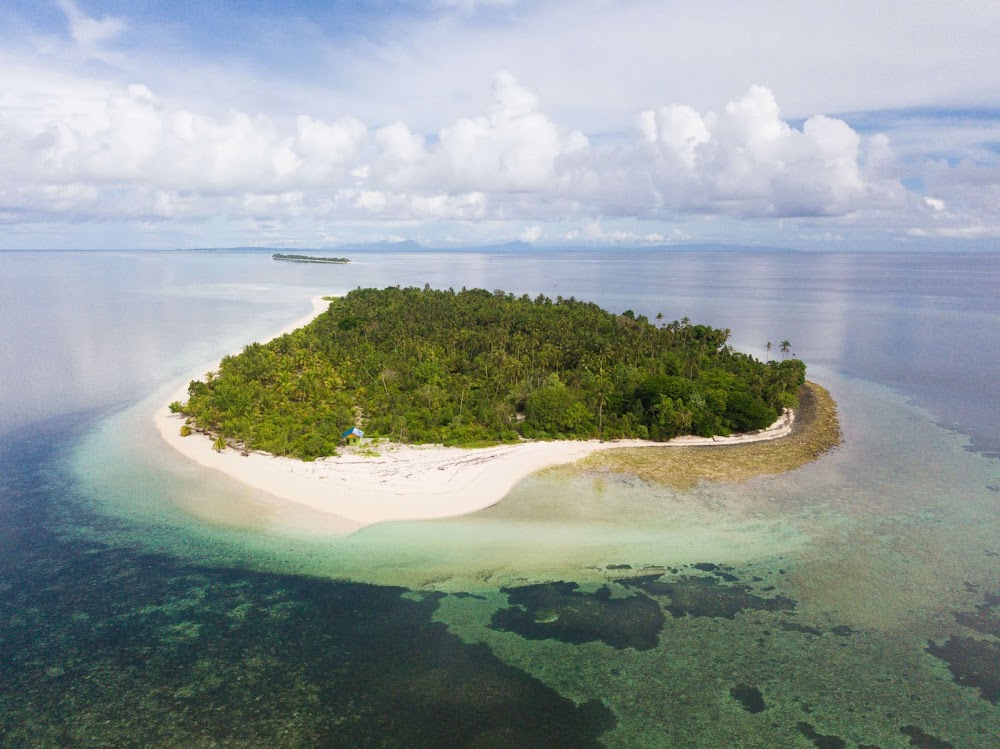Raja Ampat Islands (Kepulauan Raja Ampat)
Overview
Raja Ampat Regency, or the Raja Ampat Islands, is a breathtaking paradise located in Papua Barat, Indonesia. Known for its stunning archipelago, this remarkable destination consists of over 1,500 small islands, cays, and shoals surrounding the four main islands: Misool, Salawati, Batanta, and Waigeo.
A Rich Cultural Heritage
Long before Raja Ampat became famous for its pristine beauty, it was home to various indigenous tribes who lived in harmony with nature. These tribes relied on the rich waters for fishing and sustenance, nurturing a profound respect for both land and sea. This harmonious relationship allowed the ecosystem to thrive. The name "Raja Ampat," which translates to "Four Kings," pays homage to these four major islands that define the region.
Geological Marvels
The region's spectacular formation is the result of millennia of geological activity. Tectonic plates shifted and collided, pushing parts of the Earth's crust upward to create the rugged terrain and isolated islands characteristic of Raja Ampat. Over time, wind and water sculpted the islands into dramatic landscapes, featuring towering limestone cliffs, hidden lagoons, and lush rainforests that captivate visitors.
A Vibrant Underwater World
Beneath the crystal-clear waters lies an extraordinary underwater kingdom that is renowned for its marine biodiversity, often touted as the richest on Earth. As part of the Coral Triangle, Raja Ampat is home to nearly 75% of the world’s coral species. This sanctuary boasts over 1,300 species of fish, six species of sea turtles, and various manta rays and sharks, attracting divers and marine biologists from around the globe eager to explore its thriving reefs.
Conservation Efforts
Recognizing the ecological significance of Raja Ampat, the Indonesian government has established a series of marine protected areas to safeguard its natural wonders. In collaboration with conservation organizations and local communities, they promote sustainable tourism practices. Responsible tourism plays a crucial role in the region's development, encouraging visitors to adopt eco-friendly practices to minimize their impact and help maintain the area’s pristine condition.
Eco-Friendly Accommodations
Tourist infrastructure has developed organically over the years, striking a balance between luxury and nature. Visitors can find eco-resorts and homestays that blend seamlessly into the environment, offering authentic experiences while preserving local culture and ecosystems. These accommodations often incorporate sustainable practices, such as solar power, rainwater collection, and organic waste management, ensuring that your stay is both comfortable and environmentally friendly.
Activities and Natural Wonders
Visiting Raja Ampat feels like stepping into an untouched world. Activities abound, including snorkeling, diving, kayaking, and birdwatching. A trek up Pianemo Island rewards adventurers with panoramic views of the iconic karst sea, where emerald-green islands punctuate a shimmering turquoise expanse. The islands also teem with wildlife, including the elusive birds of paradise that thrive in the untouched rainforests.
Empowering Local Communities
Community-based tourism initiatives have empowered local tribes, bringing prosperity to the area. The locals often serve as guides, sharing their deep knowledge of the land and sea, ensuring that tourism directly benefits them. This collaboration fosters a sense of pride and stewardship for the environment, creating a sustainable model for both visitors and residents.
A Journey Worth Taking
Today, Raja Ampat is celebrated as one of the last frontiers of unspoiled beauty on our planet. While reaching these islands can be challenging—usually requiring flights to Sorong followed by boat transfers—the effort is richly rewarded with unparalleled natural experiences. The islands’ stunning landscapes, rich cultural heritage, and strong commitment to conservation make Raja Ampat a destination deserving of admiration and protection.








